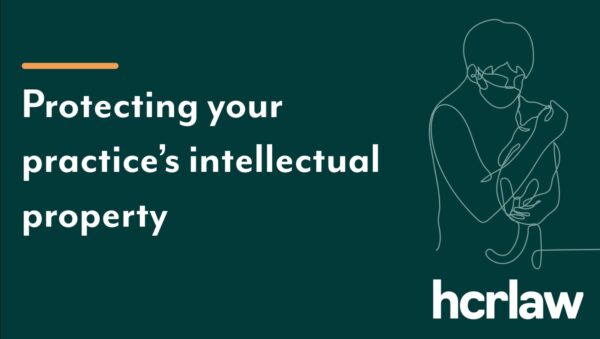

Receiving a Notice of Proposal from the Care Quality Commission (CQC) can be a stressful time for Providers, not least because it indicates the CQC has serious concerns about a service. Understanding what a Notice of Proposal is, its legal impact and how to respond can help Providers move past the initial panic mode more quickly and enable them to focus on tackling the issue at hand. While a Notice of Proposal can lead to serious consequences, there is a lot Providers can do to avoid the proposed action ever taking effect.
What is a Notice of Proposal?
A Notice of Proposal (“NOP”) represents one of the civil enforcement powers afforded to the CQC under the Health and Social Care Act 2008 (“Act”). It indicates the CQC’s intention to take certain enforcement action against a provider as a result of specific concerns. Such concerns will usually be linked to compliance with relevant regulations such as the Health and Social Care Act 2008 (Regulated Activities) Regulations 2014 and the Care Quality Commission (Registration) Regulations 2009.
Section 26 of the Act sets out the types of action the CQC can take through a NOP, this includes:
- Cancellation of registration
- Suspension of registration (or extension of a period of suspension)
- Imposition of conditions of registration (e.g. preventing future admissions without the CQC’s consent or requiring the regular provision of information to the CQC)
- Variation of conditions of registration (e.g. by removing a location from a provider’s registration – in effect closing that particular service)
- Removal of conditions of registration
- Such actions can be in relation to a Provider’s registration or a registered manager’s registration.
The CQC is required to provide reasons for its proposal in the NOP letter itself to help the recipient understand the case against it and afford it the opportunity to respond fully. A NOP will usually follow an inspection where serious and/or multiple concerns around regulatory compliance have been identified.
Providers should note that at the NOP stage the letter is a proposal, not definitive action, albeit one that the CQC wishes to pursue. The proposed enforcement action will not take effect (if at all) until the final outcome of the matter is known. There is plenty of scope to persuade the CQC (and any subsequent Tribunal if the matter progresses to an appeal) that the action is not required.
Responding to a Notice of Proposal
Providers have 28 days from the date of receipt of a NOP to submit representations to the CQC (see section 27 of the Act). This is a statutory deadline and must be adhered to. The CQC has been known to grant extensions to this deadline in exceptional circumstances but providers should not rely on getting an extension if one has not been expressly agreed to in writing by the CQC.
If a Provider fails to submit representations within the deadline, the CQC will automatically issue a Notice of Decision (“NOD”) upholding the proposed action.
Providers should carefully consider how they intend to approach the representations, the content of which will be case-specific and depend on the concerns raised by the CQC. The general focus should be on reasons why the NOP shouldn’t be adopted and, depending on the circumstances, the representations may:
- Challenge the factual basis of reasons relied upon by the CQC
- Challenge the proportionality of the proposed action
- Detail improvements made to the service that address concerns raised.
Providers should appreciate that any final decision made by the CQC (and subsequently a Tribunal) must be based upon the facts of the case at the date of the decision. In short, the means any action taken to address concerns raised in the NOP should be put forward and must be taken into account by the CQC in its consideration of the representations.
What Happens Next?
Once a Provider’s representations have been submitted it will be up to the CQC to make a determination. There is no specified timeframe in which the CQC is required to respond to a Provider’s representations. We have seen responses take as little as two weeks to as long as six months or more.
If the CQC decides not to pursue the enforcement action any further, it will write to the Provider informing it of this fact.
If a Provider’s representations are unsuccessful the CQC will issue the Provider with a NOD. Once a NOD is issued, the final decision-making power moves away from the CQC and into the hands of the First-tier Tribunal. Again, the Provider will have 28 days from the date of receipt of the NOD to submit an appeal to the Tribunal. There is still scope for resolution through such proceedings if a Provider approaches it in the right way.
Ideally the CQC would carry out a re-inspection of a service following receipt of NOP representations to assure itself of the position of the service at the time of making its decision. However, this is not a given. The CQC has been known to issue NODs without re-inspecting and raising concerns which could have easily been clarified upon inspection. Such action is premature and exposes the CQC to additional challenge through the appeals process.
The issuance of a CQC NOP can have serious consequences for Providers. On receipt of a NOP Providers should be prepared to take prompt and decisive steps to help avoid the proposed action ever taking effect. Responding thoroughly at the NOP stage can help avoid additional costs further down the line.










